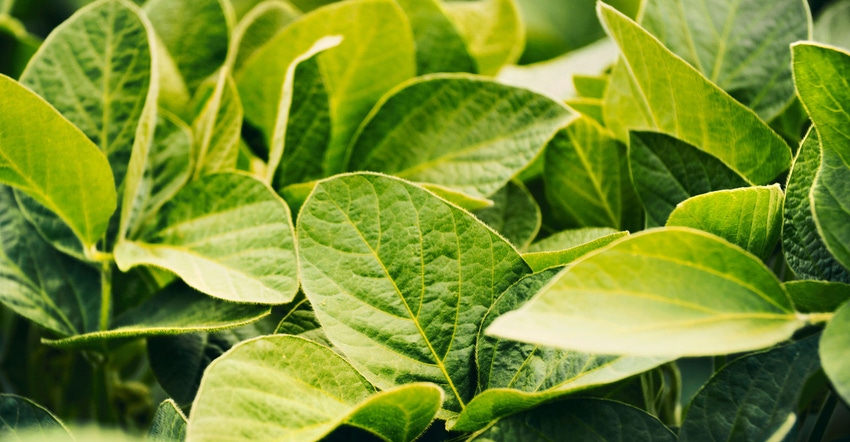September 12, 2022

At the end of the growing season, when many soybean fields are shutting down, those still green can be a magnet for certain insect pests as they leave the mature fields.
Double-crop soybeans and late-planted beans that are running behind and are still fresh can be attractive for stinkbugs, bean leaf beetles and sometimes grasshoppers when they leave yellowing fields for greener pastures.
If you have such soybean fields in areas where other fields are maturing, they are worth an extra eye until they reach the R6 (full seed) growth stage. After R6, the yield is mostly set, and insecticide will not provide a return.
Also, if you do spray late in the season, be mindful of the preharvest interval of the product you’re using, which can be up to several weeks. Consult a pest management guide for more information about these chemicals at aginsects.osu.edu.
For defoliating insects such as grasshoppers, look for defoliation levels across the entire field of about 15%, and whether the insects are still present. A guide to defoliation can be found at aginsects.osu.edu.
For stinkbugs, which poke directly into the seed with their straw-like mouthparts, take several sweep-net samples of 10 sweeps each in different parts of the field. If you average four stinkbugs per 10-sweep set (grain) or two bugs per set (food-grade and seed), consider treatment. For more information, visit aginsects.osu.edu.
Bean leaf beetles pose little threat when feeding on foliage earlier in the season. Later in the season, they may feed directly on the pods, which can cause more damage — either through direct damage to the seed, or through opening the pod to disease.
Inspect all the pods on 10 randomly selected plants, and count the total number of pods and the number showing pod injury. Use your totals to determine percent pod injury. Treatment is justified if the percent pod injury is reaching 10% to 15%, and bean leaf beetle adults are still present and active.
Tilmon and Michel write for OSU Extension.
Source: OSU Extension, which is solely responsible for the information provided and is wholly owned by the source. Informa Business Media and all its subsidiaries are not responsible for any of the content contained in this information asset.
You May Also Like




